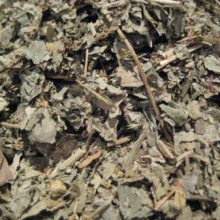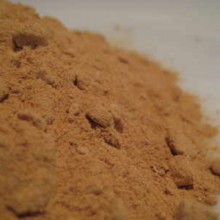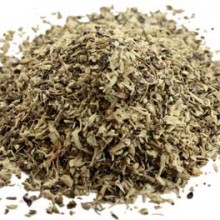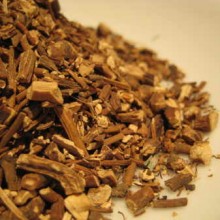Wild Indigo Root (Baptisia australis) is also known as blue wild indigo or blue false indigo, is a flowering leguminous plant It is a perennial herb and native to much of central and eastern North America and is particularly common in the Midwest. It is often to be found growing wild at the borders of woods, along streams or in open meadows. The plant has low toxicity levels for humans.
Traditional Uses & Constituents for Wild Indigo Root:-
Several Native American tribes have made use of the plant for a variety of purposes. The Cherokees have traditionally use it as a source of blue dye which is what most people now regarded it as and which was a practice later copied by European settlers. They have also used the roots in teas as a purgative or to treat tooth aches and nausea, while the Osage make an eyewash with the plant. Ripened seed pods have been used for children’s rattles.
It is additionally sometimes known as indigo weed, rattleweed, rattlebush and horsefly weed. The common name “blue false indigo” is derived from it being used as a substitute for the superior dye-producing plant Indigofera tinctoria.
Cautions with Wild Indigo:-
Young shoots of the plant have been mistaken for asparagus in the past and due to the low level toxicity have resulted in poisoning. The seeds are considered as toxic, especially for children.






